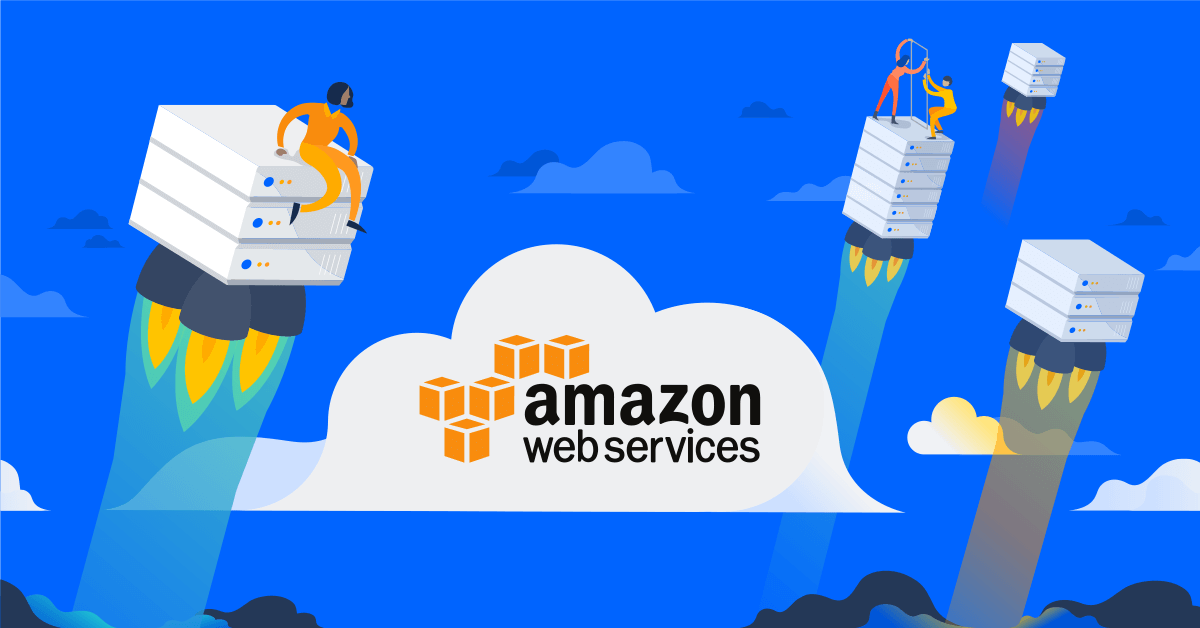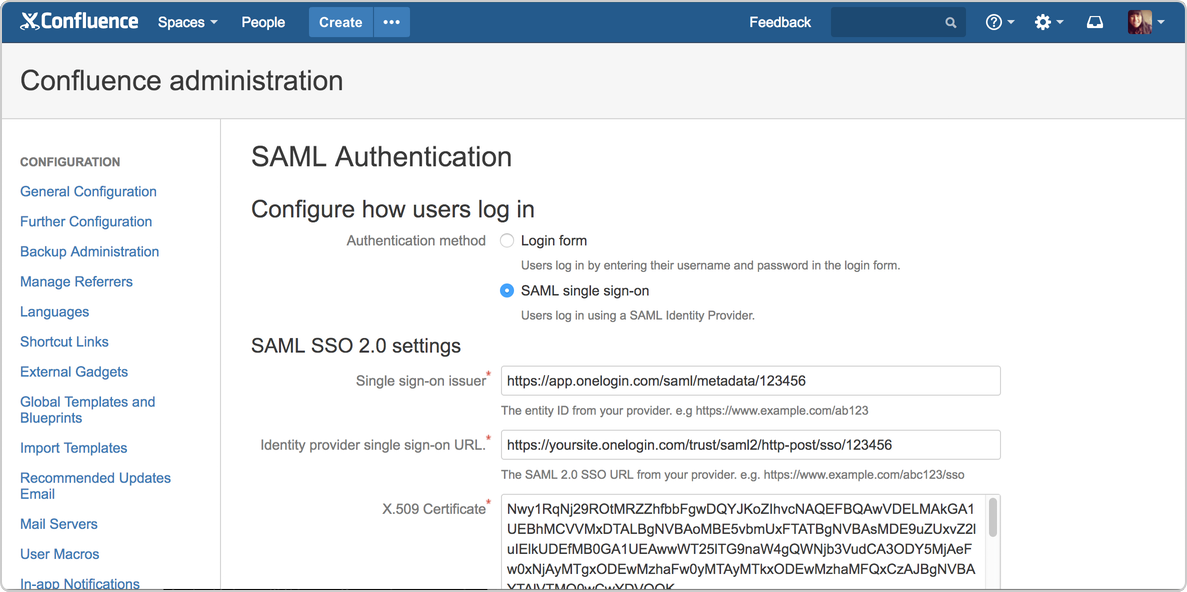Since the the release of collaborative editing in Confluence 6.0, we’ve seen a lot of teams working together and getting on the same page. If you weren’t one of these teams, we’ve now made it even easier to get started right out of the box in Confluence 6.1. The team has also been hard at work to bring you two awesome Data Center features – deployment flexibility with AWS and SAML 2.0 single sign-on (SSO) support. In 6.1, you can now deploy Confluence Data Center on AWS for instant scalability, quick setup, and painless administration and we’ve also made it possible to give your teams a simple and secure way to sign in with SAML 2.0 single sign-on support. And if Data Center is not quite your cup of tea just yet, then you’ll be excited to know that the Atlassian no-bullshit guide to unleashing your team’s potential – the Atlassian Playbook – is now available in bluray blueprints.
If you’re already using collaborative editing we hope you love being on the same page with your team and getting more done. We have a veritable bucket full of fixes and performance improvements for you in Confluence 6.1. If you are not using collaborative editing, we have some nifty changes under the hood that make getting people collaborating in your environment much easier:You no longer need to make changes to your reverse proxy configuration to use the internal Synchrony proxy. It just works, right out of the box. Automated fallback to XHR means that if a user cannot connect to Confluence via WebSockets, they can still edit pages, hassle free. If you upgraded to Confluence 6.0 but had to turn collaborative editing off because of infrastructure or environmental problems, we urge you to give it another try in 6.1. It’ll be worth it, we promise. Adam Barnes, Senior Product Manager – Confluence
Better collaboration with Team Playbook Blueprints
Working as a team is really hard, and tools alone won’t fix that. For Atlassian, the mission to unleash the potential in every team starts at home. We’ve developed a playbook that changed the way our teams work and now it’s yours to try, too. This ain’t your CEO’s ivory-tower management book. It’s by teams, for teams. You’ll find step-by-step guides for tracking your team’s health, and plays that build your Get $#!τ Done™ muscle. And with the release of the new Confluence Team Playbook Blueprints, getting started is a breeze. Kick off with a Health Monitor workshop to get a reading on your vital signs, or just dive straight into the plays.
Confluence Blueprints give users a way to create new pages based on pre-defined content for some Team Playbook ‘plays’. Users view the blueprints through the ‘Create’ dialog which offers a description of the play. Some plays offer a wizard to help select team type and pre populate content on the page in order to assist users in starting the play. Each play links back to the Team Playbook website for more information on how to complete the play.
Deployment flexibility with AWS for Data Center
We want to make managing and deploying Confluence Data Center easy, in the environment of your choice. We continue to see our customers turning to infrastructure service providers for a cost effective and flexible alternative to hosting on traditional servers. In fact, the percentage of Atlassian instances in production on AWS doubled over the last three years! We’ve worked with AWS to develop Quick Starts so that customers can deploy their Confluence Data Center cluster in just a few minutes, including load balancer, database and all the connectivity needed.
The Quick Starts include configuration steps and best practices so that teams can take advantage of AWS’s elastic capabilities (like auto-scaling and instant provisioning). These capabilities let you easily scale Data Center to meet growing demand. Need to bring on more teams? No problem. With AWS you can automatically scale your environment as user load changes without any disruption to work or manual intervention by administrators. If you’re not planning to use AWS any time soon, but still automate your deployment, you can still benefit. Database, license and cluster configuration can now be pre-configured to make scripting your deployment a breeze. While we’ve made it super easy to get up and running with Data Center in AWS, if you’re not ready to switch to Data Center, you can still use AWS to host Confluence Server.

Security and control with SAML 2.0 SSO support
Organizations choose Data Center because their Atlassian applications are mission critical and central to their productivity so enabling easy access across all these applications is essential to team success. We know that many organizations are turning to SAML for secure and SSO across the products their teams use every day. SSO eliminates tedious password resets and reset tickets – headaches for admins and users alike – and gets users straight into the products they use every day to get their jobs done.
With SAML 2.0 SSO support for Confluence Data Center, admins can integrate Confluence into their existing infrastructure to give their teams a simple and secure way to sign in. The solution should work with any identity provider implementing the SAML 2.0 Web Browser SSO Profile, using the HTTP POST binding, and has been tested on a range of popular identity management providers, including: Okta, OneLogin, Azure, Active Directory (ADFS), Bitium and PingOne. (PS did we mention it’s already available for Jira Software and Bitbucket? We’re bringing all of your applications together under one authentication umbrella!)
SAML for Confluence Data Center can be configured either as primary or secondary authentication. In primary mode, users will be automatically redirected from Confluence’s login screen to the IdP to log in. In secondary mode, you can either login via an application link in your IdP or by directing users to a particular application URL.
Collaborative editing strikes again
Nothing slows a team down faster than having to wait for each contributor to make changes to something you’re working on, not to mention the countless emails sent back and forth coordinating each individual’s additions and changes. Thankfully, those days are long gone. Since the the release of collaborative editing in Confluence 6.0, we’ve seen a lot of teams working together and getting on the same page. If you weren’t one of these teams, we’ve now now made it even easier to get started right out of the box. So why not try turning it on today? Collaborative editing combines the speed of creating on your own, with the advantages of working together. See who is editing the page with you, and see their changes in real time. PS: Want to invite someone to edit with you? We’re working on that too.
That’s not all we’ve shipped in Confluence Server 6.1! We now bundle an official Chinese (simplified) language pack – this brings the total number of language packs available, right out of the box, to 10! And, you can now start Confluence Server from the command line with all user installed add-ons disabled or selected add-ons disabled. You can read more about this release in the release notes here, or press the big green button below if you’re ready to upgrade.
New to Confluence? Start a free trial.




